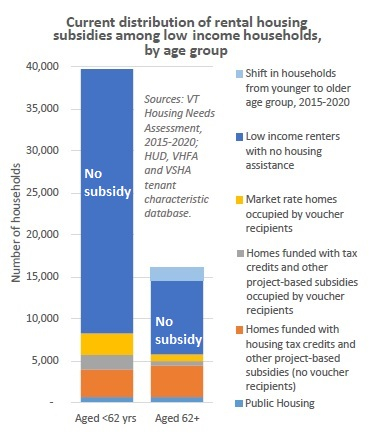In addition to other exciting new features, the Vermont Statewide Housing Conference on November 14-15 will be showcasing the most dedicated and innovative projects in our communities. "Projects" could be homeownership or rental housing developments, planning efforts, collaborations, initiatives, or other coordinated efforts.
Vermont celebrates opening of its first net-zero energy, affordable rental neighborhood
Executive Director Sarah Carpenter joined Congressman Peter Welch, Addison County Community Trust (ACCT), Cathedral Square Corporation (CSC) and other partners yesterday to celebrate the opening of McKnight Lane, Vermont’s first net-zero energy affordable housing community. Formerly a blighted mobile home park, McKnight Lane is a vibran
VHFA seeks public input on state's most urgent rental housing needs
VHFA's Executive Director Sarah Carpenter announced today that interested parties are invited to submit comments on how housing tax credits are allocated. Housing tax credits are Vermont’s primary funding source for developing affordable rental housing. The comments will be considered during this year’s upcoming revisions to Vermont’s Qualified Allocation Plan (QAP). As administrator of the housing tax credit program, VHFA allocates credits to specific projects in accor
Vermont Realtors sponsors Statewide Housing Conference
A big thanks to Vermont Realtors who is a premier sponsor for the 2016 Vermont Statewide Housing Conference.



